DEFENCE ESTATES ORGANISATION USHERS IN A NEW ERA OF REFORMS, TRANSPARENCY AND WELFARE
BY DEFENCE JOURNALIST SAHIL | T.I.N. NETWORK
In yet another transformative step under the Ministry of Defence’s “Year of Reforms” initiative, the Defence Estates Organisation (DEO) has set in motion a wide-ranging agenda of institutional reform, digitisation, and citizen-centric governance. The series of initiatives—spanning land audits, welfare schemes, cadre restructuring, and infrastructure expansion—have redefined DEO’s role from a traditional land management agency to a modern, transparent, and reform-driven organisation that is integral to India’s defence administration architecture.
From Legacy Systems to Digital Efficiency
The Defence Estates Organisation, long known for managing vast tracts of defence land across the country, has traditionally functioned through paper-based processes and manual registers. This year marked a turning point, as DEO embraced digitisation in a big way. New platforms for technology-driven land management have been introduced, enabling real-time records, grievance redressal, and improved citizen engagement. Officials noted that the digitisation process would not only prevent encroachments and misuse of defence land but also enable seamless coordination with the armed forces and civil administration.
The most visible outcome of this digital leap has been enhanced transparency, especially in land classification and accountability of usage. For the first time, the DEO conducted a Special Land Audit Report for the North Eastern Region, covering nearly 50,000 acres of Army-occupied land across eight states, including Sikkim. This audit, officials said, was vital to ensuring both optimal utilisation and regulatory compliance in strategically sensitive areas.
Social Justice Meets Defence Governance
A remarkable feature of DEO’s reform agenda has been its collaboration with the Ministry of Social Justice & Empowerment, extending government flagship welfare schemes into cantonment areas. Initiatives such as Nasha Mukt Bharat Abhiyan (a campaign against drug abuse), NAMASTE (National Action for Mechanised Sanitation Ecosystem), and the Atal Vayo Abhyuday Yojana (for senior citizens’ welfare) were rolled out, benefitting thousands of cantonment residents.
This convergence of social welfare with defence administration marked a departure from past practices where cantonments were often viewed as isolated entities. Now, residents—both service personnel and civilians—are being integrated into broader national welfare frameworks. Officials stressed that these efforts would create healthier, safer, and more inclusive living spaces within cantonments, in line with the government’s vision of holistic governance.
Cadre Reforms and Administrative Modernisation
On the human resources front, the tenure of Director General Shailendra Nath Gupta has been marked by decisive cadre reforms. In line with the Ministry of Defence’s directives, revised recruitment rules were notified, cadre restructuring was undertaken, and three Departmental Promotion Committees (DPCs) were conducted, ensuring timely promotions for DEO personnel.
These administrative reforms have not only streamlined the internal functioning of the organisation but also boosted morale by addressing long-standing concerns related to stagnation and lack of career progression. Sources within DEO indicated that these changes were critical in equipping the workforce to meet the demands of modernisation and digitisation.
Infrastructure Push Across Commands
Parallel to administrative reforms, the DEO has also invested in physical infrastructure expansion. Foundation stones for new complexes at Chandigarh, Guwahati, and the Western Command Principal Directorate were laid, while the Udhampur Complex was inaugurated. These facilities are expected to serve as modern hubs for estate management, integrating digital monitoring systems, grievance cells, and public-facing services.
Officials highlighted that such expansions are not mere brick-and-mortar additions but represent DEO’s broader shift towards institutional strengthening. By creating state-of-the-art working environments, the organisation is equipping itself for the challenges of the coming decades.
“Manthan 2025”: Vision for Viksit Bharat @ 2047
The defining moment of the DEO’s reform journey this year came at the “Manthan 2025” Conference, inaugurated by Defence Minister Rajnath Singh. The conference outlined a roadmap to align DEO’s functioning with the national vision of Viksit Bharat @ 2047.
Key goals included:
- Carbon-Neutral Cantonments – adopting renewable energy and sustainable waste management practices.
- Technology-Driven Land Management – using satellite mapping, blockchain records, and GIS systems for defence lands.
- Institutional Reforms – ensuring agile, responsive governance structures.
- Citizen-Centric Governance – creating welfare-driven, transparent cantonments that balance defence requirements with public needs.
The Defence Minister hailed DEO’s initiatives as “a model of reform-driven governance within the defence sector,” underscoring the Ministry’s broader commitment to efficiency, accountability, and modernisation.
A Leadership Legacy
The Ministry of Defence and DEO formally acknowledged the leadership of Shri Shailendra Nath Gupta on his superannuation, noting that his tenure, though brief, had been deeply impactful. Gupta’s stewardship not only set the DEO on a forward-looking trajectory but also created a reformist momentum that will likely shape the organisation’s future for years to come.
“His initiatives on cadre restructuring, land audits, and welfare integration have built institutional foundations for decades ahead,” said an official, reflecting on Gupta’s legacy.
Conclusion: An Organisation Reimagined
The Defence Estates Organisation, once considered a legacy-bound agency, has demonstrated how institutional reform, digitisation, and welfare initiatives can converge to redefine governance. With over 62 cantonments and management of nearly 17.99 lakh acres of defence land nationwide, DEO’s role is critical not only to the military but also to lakhs of civilian residents.
As the Year of Reforms comes to a close, DEO has emerged as a symbol of change within the Ministry of Defence, marrying tradition with innovation, and service with transparency. Its trajectory now points firmly towards a future where defence administration is modern, citizen-friendly, and aligned with India’s march towards becoming a developed nation by 2047.
BY DEFENCE JOURNALIST SAHIL | T.I.N. NETWORK
डिफेंस एस्टेट्स ऑर्गनाइजेशन ने शुरू किया सुधार और आधुनिकरण का नया अध्याय
नई दिल्ली, 30 सितम्बर 2025 — रक्षा मंत्रालय के “Year of Reforms” पहल के तहत, डिफेंस एस्टेट्स ऑर्गनाइजेशन (DEO) ने व्यापक सुधारों, डिजिटल प्रक्रियाओं और नागरिक-केंद्रित शासन को लागू करते हुए अपनी भूमिका को पूरी तरह से आधुनिक और पारदर्शी बनाया है। भूमि प्रबंधन सुधारों, कल्याण पहलों, ढांचागत विस्तार और प्रशासनिक सुधारों की इस श्रृंखला ने DEO को केवल भूमि प्रबंधन संस्था से आगे बढ़कर एक आधुनिक, कुशल और नागरिक-केंद्रित संगठन के रूप में स्थापित किया है।
पारंपरिक प्रणालियों से डिजिटल दक्षता तक
परंपरागत रूप से DEO ने देशभर में व्यापक रक्षा भूमि के प्रबंधन में लंबे समय तक कागज आधारित प्रक्रियाओं और मैन्युअल रजिस्टरों का उपयोग किया। इस वर्ष डिजिटल क्रांति की शुरुआत हुई, जिसमें तकनीकी प्लेटफॉर्म और रियल-टाइम रिकॉर्डिंग को शामिल किया गया।
डिजिटल प्रणाली के माध्यम से न केवल भूमि के दुरुपयोग और अतिक्रमण की संभावना कम हुई बल्कि सशस्त्र बलों और नागरिक प्रशासन के साथ समन्वय भी सुगम हुआ। अधिकारियों के अनुसार, यह कदम पारदर्शिता बढ़ाने और भूमि उपयोग में जवाबदेही सुनिश्चित करने के लिए महत्वपूर्ण साबित हुआ है।
इस पहल का सबसे बड़ा उदाहरण उत्तरी-पूर्वी क्षेत्र के लिए विशेष भूमि ऑडिट रिपोर्ट है, जिसमें आठ राज्यों में लगभग 50,000 एकड़ सेना-स्वामित्व वाली भूमि शामिल है, जिसमें सिक्किम भी शामिल है। इस ऑडिट ने भूमि प्रबंधन में जवाबदेही और पारदर्शिता को मजबूती दी।
सामाजिक न्याय और रक्षा प्रशासन का संगम
DEO की इस सुधार पहल की सबसे अनोखी विशेषता रही सामाजिक कल्याण योजनाओं का विस्तार, जो सामाजिक न्याय और अधिकारिता मंत्रालय के सहयोग से कैंटोनमेंट क्षेत्रों में लागू की गई।
मुख्य कार्यक्रमों में शामिल हैं:
- नशा मुक्त भारत अभियान (Nasha Mukt Bharat Abhiyan) – मादक पदार्थों के दुरुपयोग के खिलाफ जागरूकता।
- NAMASTE – राष्ट्रीय स्वच्छता और मेकेनाइज्ड सिस्टम पहल।
- अटल वयो अभ्युदय योजना – वरिष्ठ नागरिकों के कल्याण हेतु।
इन पहलों से कैंटोनमेंट निवासियों, सेवा कर्मियों और नागरिक परिवारों दोनों को लाभ मिला। अधिकारियों ने कहा कि यह कदम कैंटोनमेंट को पारंपरिक अलग-थलग इकाई के बजाय समग्र राष्ट्रीय कल्याण ढांचे में शामिल करने का प्रतीक है।
प्रशासनिक सुधार और कैडर व्यवस्थाएँ
DEO के कार्यकाल के दौरान महानिदेशक शैलेंद्र नाथ गुप्ता ने प्रशासनिक सुधारों में महत्वपूर्ण भूमिका निभाई।
मुख्य कदमों में शामिल हैं:
- भर्ती नियमों में संशोधन
- कैडर पुनर्गठन
- तीन विभागीय पदोन्नति समितियों (DPCs) का आयोजन, जो समय पर पदोन्नति सुनिश्चित करती हैं।
इन सुधारों ने संगठन की कार्यक्षमता को तेज किया और कर्मचारियों में नई ऊर्जा और मनोबल का संचार किया।
ढांचागत विस्तार और आधुनिक सुविधाएँ
सुधारों के साथ DEO ने अपनी भौतिक संरचना का भी विस्तार किया।
मुख्य परियोजनाएँ:
- चंडीगढ़, गुवाहाटी और वेस्टर्न कमांड (प्रिंसिपल डायरेक्टरेट) में नए कॉम्प्लेक्स के लिए नींव रखी गई।
- उधमपुर कॉम्प्लेक्स का उद्घाटन।
यह ढांचागत विस्तार केवल इमारतें नहीं हैं, बल्कि DEO के आधुनिक और तकनीकी सक्षम संगठन बनने की दिशा में महत्वपूर्ण कदम हैं।
“मनथन 2025”: विक्सित भारत @ 2047 का रोडमैप
इस वर्ष की प्रमुख घटना रही “मनथन 2025” कॉन्फ्रेंस, जिसका उद्घाटन रक्षा मंत्री राजनाथ सिंह ने किया। कॉन्फ्रेंस में DEO की भविष्य की दिशा और विक्सित भारत @ 2047 की रूपरेखा पर जोर दिया गया।
मुख्य लक्ष्य:
- कार्बन-तटस्थ कैंटोनमेंट – नवीकरणीय ऊर्जा और सतत कचरा प्रबंधन।
- तकनीकी आधारित भूमि प्रबंधन – सैटेलाइट मैपिंग, ब्लॉकचेन रिकॉर्ड और GIS सिस्टम।
- संगठनात्मक सुधार – लचीले और उत्तरदायी प्रशासनिक ढांचे।
- नागरिक-केंद्रित शासन – कल्याण आधारित पारदर्शी कैंटोनमेंट।
रक्षा मंत्री ने इस पहल की सराहना करते हुए कहा कि यह रक्षा क्षेत्र में सुधार-प्रधान शासन का आदर्श उदाहरण है।
नेतृत्व की पहचान
DEO और रक्षा मंत्रालय ने श्री शैलेंद्र नाथ गुप्ता के सुपरएन्यूएशन पर उनके नेतृत्व को सराहा। कहा गया कि उनका कार्यकाल छोटा होने के बावजूद अत्यंत प्रभावशाली था। गुप्ता ने संगठन को आधुनिक दिशा दी, सुधारों की शुरुआत की और DEO को एक आधुनिक, कुशल और नागरिक-केंद्रित संगठन के रूप में स्थापित किया।
एक अधिकारी ने कहा:
“उनकी पहल, चाहे वह कैडर सुधार हो, भूमि ऑडिट हो या कल्याण कार्यक्रम, भविष्य की संस्थागत नींव को मजबूत करेगी।”
निष्कर्ष: DEO का नया स्वरूप
डिफेंस एस्टेट्स ऑर्गनाइजेशन, जो कभी परंपरागत संगठन के रूप में देखा जाता था, अब सुधार, पारदर्शिता और तकनीकी दक्षता का प्रतीक बन गया है। देशभर के 62 कैंटोनमेंट और लगभग 17.99 लाख एकड़ भूमि के प्रबंधन के साथ, DEO न केवल सेना के लिए बल्कि लाखों नागरिक निवासियों के लिए भी अत्यंत महत्वपूर्ण है।
साल 2025 के सुधार वर्ष में DEO ने यह साबित कर दिया कि परंपरा और नवाचार को मिलाकर रक्षा प्रशासन को आधुनिक, नागरिक-केंद्रित और पारदर्शी बनाया जा सकता है। DEO का भविष्य अब स्पष्ट रूप से उस दिशा में है, जहाँ यह 2047 तक विकसित और सक्षम भारत के निर्माण में योगदान दे सकता है।

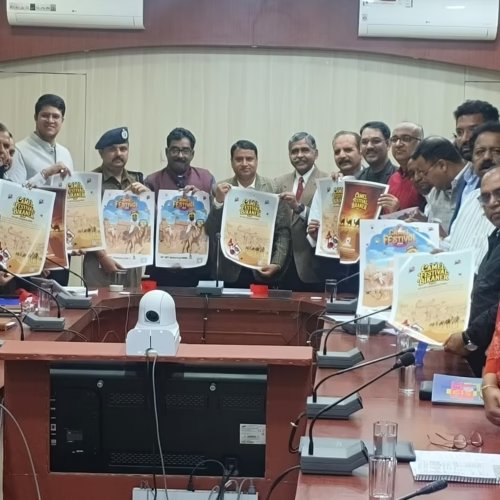

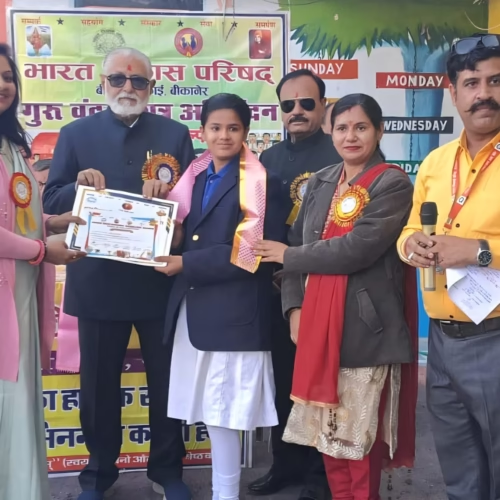

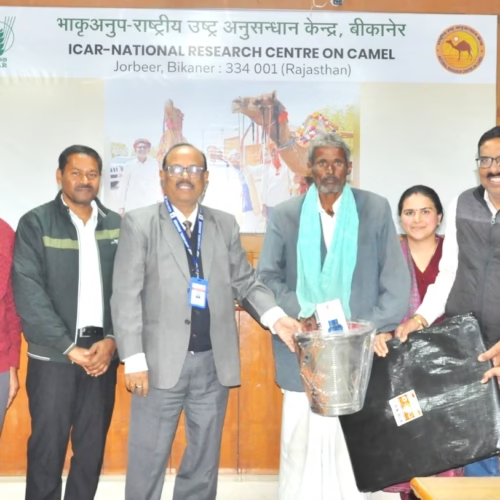

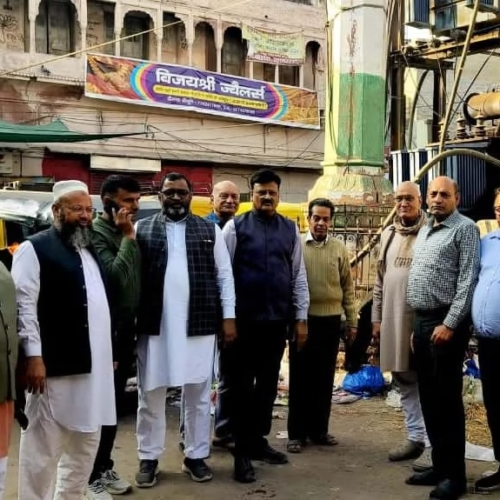
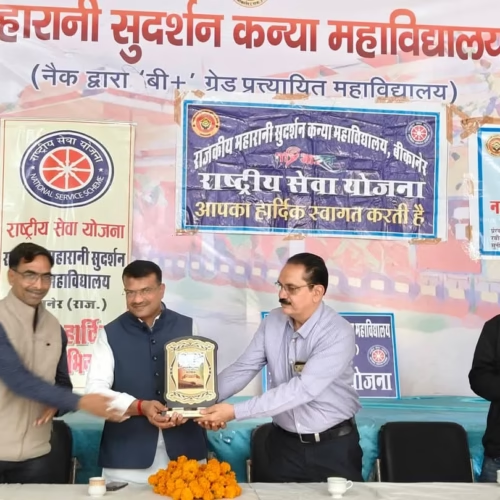
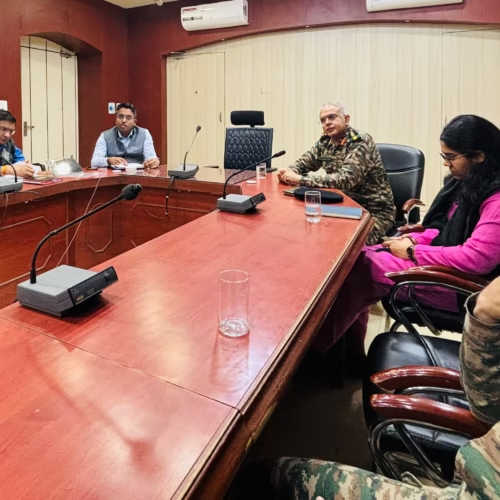
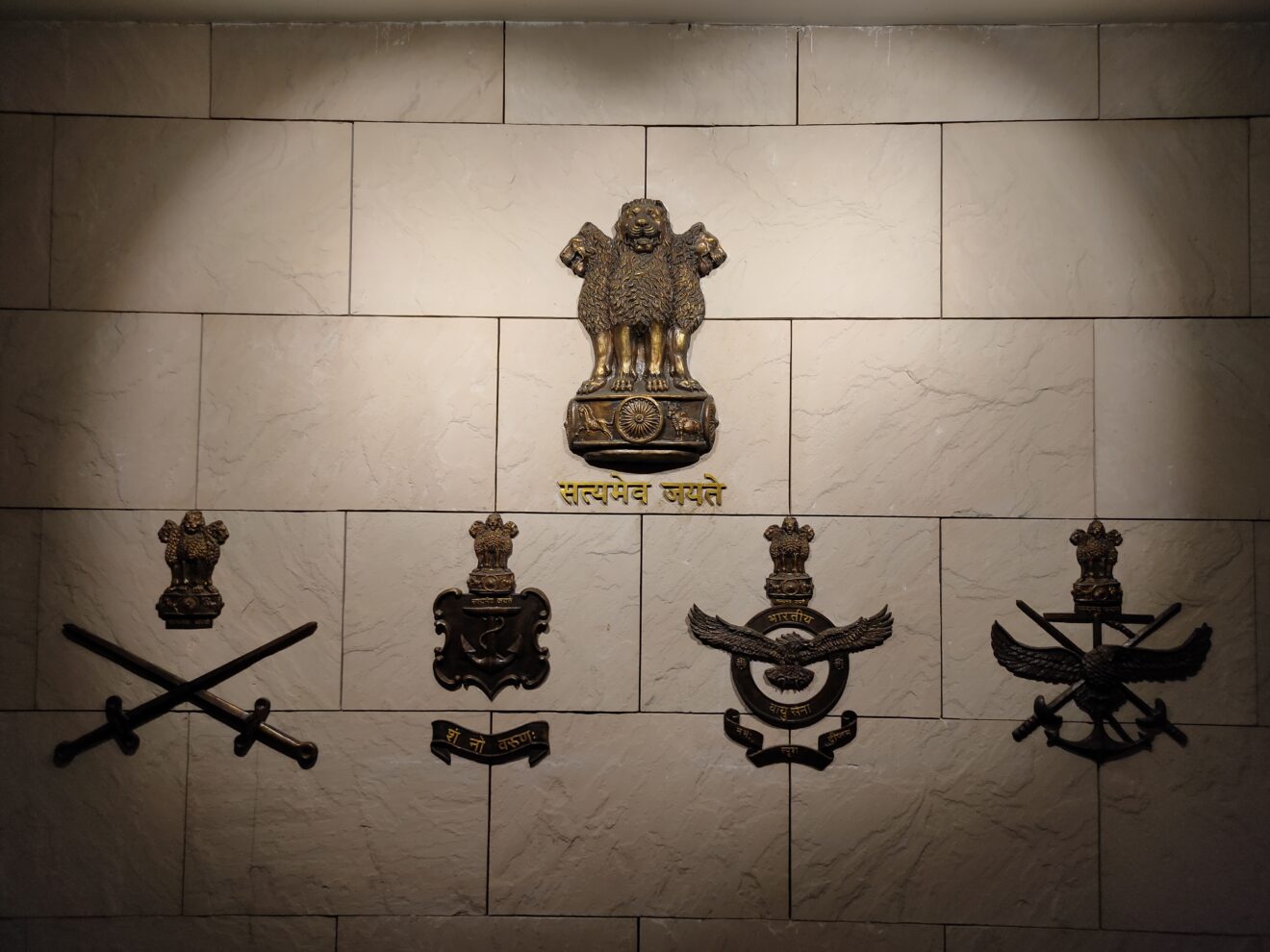




Add Comment